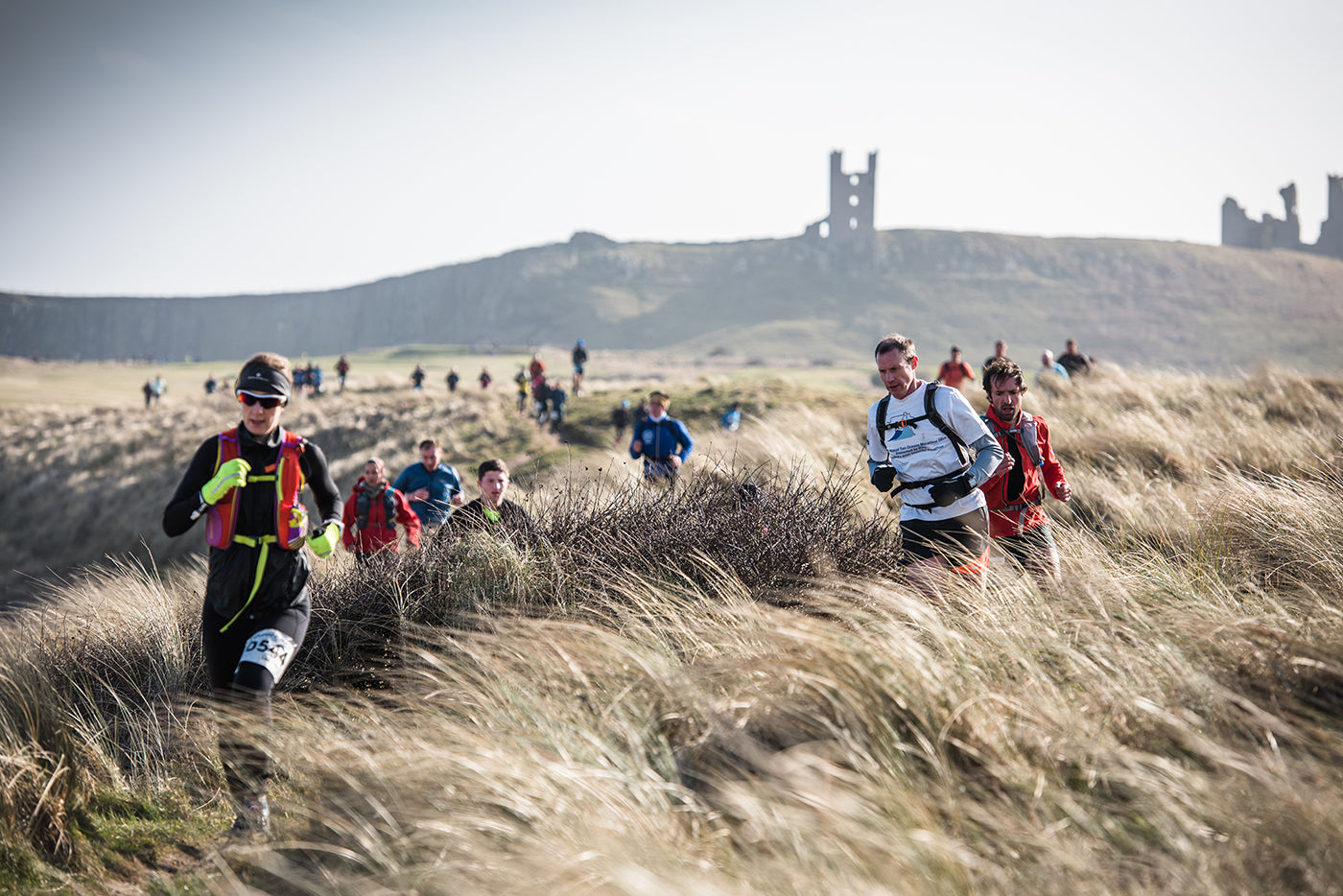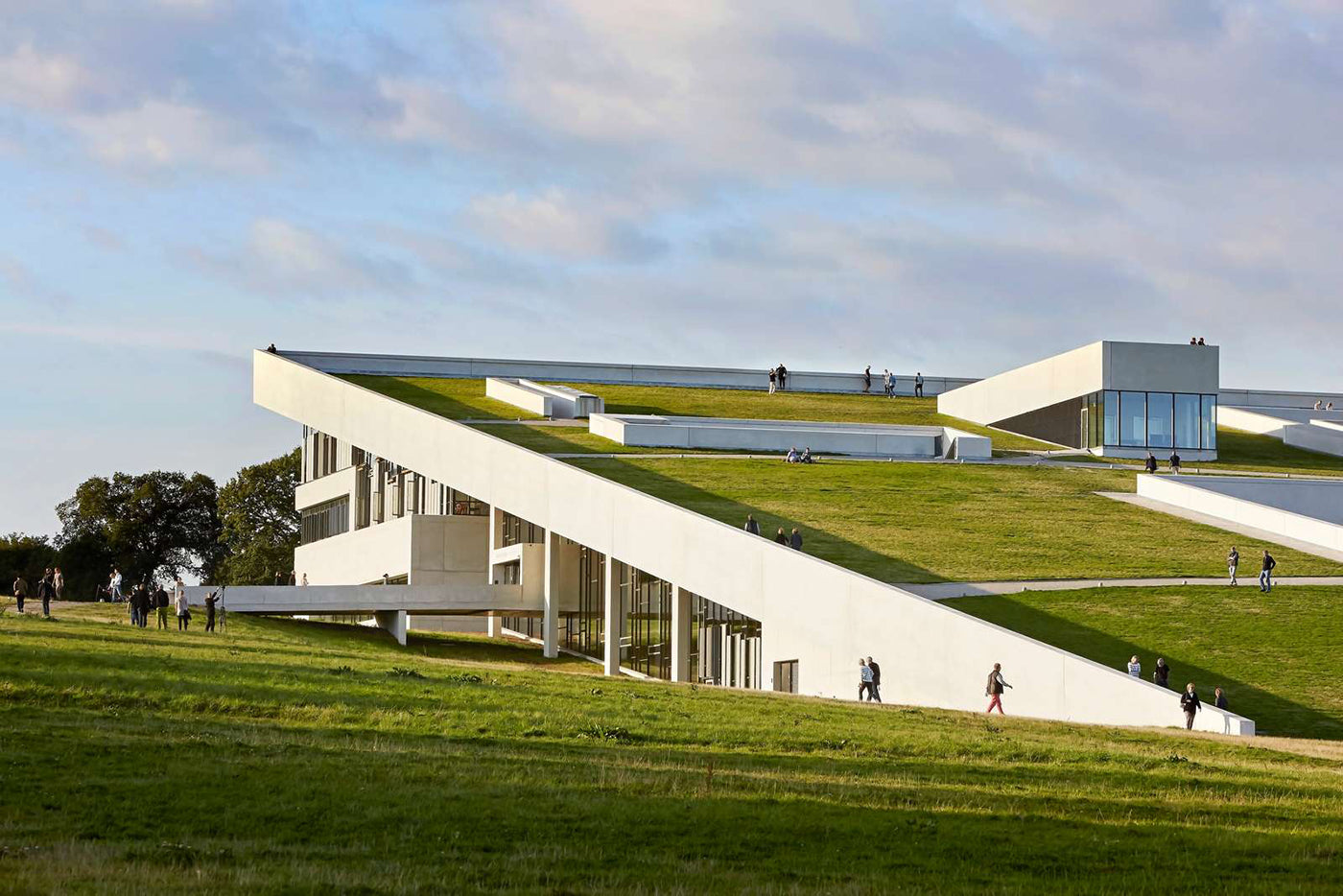
The Romance of Running
From the Ancient Greeks to new age joggers
The resurgence of running during the lockdown is a story told the world over. Whether cautiously following the snow-ridden path parallel to a frozen Berlin canal or pavement pounding through the sweltering streets of Hanoi, running has been the physical activity of the lockdown economy. The past year has awoken this passion in millions, acting as a meditative escape from the anxiety of staying inside for lengthy periods and also a lifestyle that connects you with new or like-minded people.
About two million years ago, when we were somewhere on the path of development from apes to humans, our species underwent a momentous physical transformation: we evolved to run. Through our latest release, On The Run, we race through the evolution of the sport to the present contemporary face of the culture—which truly has one of the most diverse and eclectic tribes of followers. Running is currently booming, but its origins date to a pre-Biblical existence. The footrace is probably the world’s oldest sporting contest—so old that we’ve likely been doing it since before we had the tools to record the activity. Ancient Greek sources suggest that organized track racing was first seen at the inaugural Olympic Games in 776 BCE.
The sport's current form began to take shape when the first modern Olympics took place in 1896 in Athens. Track events captured the world's attention, especially with the rise of new media technologies such as radio and television. As athletics garnered more news coverage in the 20th-century, star athletes themselves became more prominent, raising awareness of important issues such as racism, discrimination, and civil rights. American athlete Jesse Owens was victorious in the 200-meter race at the 1936 Berlin Olympics, which was symbolic because he stole the spotlight from the host country's Nazi leader.

The Ghetto Run Crew originally targeted women as Ghetto Run Girls. Over time the concept grew, Gisele Nascimento and Júnior Negão wanted to create a community to reclaim the streets of Rio de Janeiro. (Photo: Ghetto Collective, On The Run)
In 1967, race officials attempted to stop Kathrine Switzer from taking part in the Boston Marathon. She historically became the first woman to take part in the all-male race and became a symbolic female figure for breaking through the gendered glass ceiling. The following year, Tommie Smith and John Carlos became cultural icons for their Black Power salute after racing to victory in the 1968 Olympics in Mexico City. Running has the power to be a catalyst for political change, but also personal transformation.
In his book What I Talk About When I Talk About Running (2007), Japanese author and running enthusiast Haruki Murakami wrote: “Exerting yourself to the fullest within your limits: that’s the essence of running, and a metaphor for life.” In this exertion, as the body floods the brain with feel-good chemicals to the point of euphoria—what is called a “runner’s high”—we feel a unity of mind and matter. It may be the closest most of us come to a conscious, legal, non-religious transcendental experience. For some, gaining access to this metaphysical realm makes running a form of therapy. For others, it’s more of an escape, an antidote to screens and algorithms, and the noise and restlessness of the modern world. The wonderful thing about running is that it can be both, and it is accessible at almost any time.
Examining both people and places, On The Run is a visual journey into scenic treasures and trailblazing personas. In Rio de Janeiro, few people would recommend running through the favelas after dark, but Ghetto Run Crew wanted to change that. Júnior Negão and Gisele Nascimento explain how they reclaimed the streets of a city renowned for troublesome crime. Featuring collectives and individuals, this the story of how the sport can change someone's life or surrounding.
Once a reluctant runner, Mimi Anderson couldn’t last a minute on the treadmill when she was 36 years old. In less than 20 years, the Scottish runner became a holder of three world records in endurance running and multiple Guinness World Record feats. Another individual whose life was transformed by running is Justin Gallegos, now a professional runner with cerebral palsy. The athlete is constantly pushing himself and redefining how the body should move, he also became the first professional Nike athlete in history with the condition.

Breaking barriers in Berlin and beyond, Wayv Run Kollektivi hopes to encourage LGBTQI+ and BIPOC people to take to the street. Here we see Thị Minh Huyền Nguyễn and Daniel Medina on a racecourse. (Photo: Johanna Ghebray, On The Run)
For most people, running is a way to drown out the politics of everyday life. For Thị Minh Huyền Nguyễn and Daniel Medina, running is in itself a political act. Both Nguyễn and Medina grew up marginalized: she in Germany as the daughter of Vietnamese immigrants and him as a queer son of two Colombian parents who moved to America when he was 11. In Berlin, they are the fabric of WAYV RUN KOLLEKTIV, the running club devoted to mobilizing “Black/brown, queer, female, trans, Muslim, different, underrepresented, and marginalized bodies into motion.”
Despite the countless feats, marathons, and milestones that serious runners chase all over the world, the sport mostly resonates with people because of its accessibility and mental qualities. It is a form of exercise where you set your pace, setting, and goals. It allows you to momentarily dissolve into your thoughts and to connect with nature or the cityscape. Except for trainers and attire, runners aren't bound to facilities being open or enough players to fill a team. The physical activity of the 'working from home' era, running is something everyone should try once or adopt moreover. As Edson Sabajo, fashion pioneer and founder of the Amsterdam-based Patta Running, says in the book: “I smoke and I drink, and I’m 45. If I can do it, y’all motherf*ckers can do it too.”
Find out more about On The Run.


